"When I came to the embankment, I couldn't believe my eyes: a passenger airplane was floating right on the Neva River. It was not just floating: it was being dragged to the shore by a small tugboat," recalls Leningrad (now St. Petersburg) resident Yuri Tuisk. That day, he witnessed a miraculous rescue of the passengers of an airplane that seemed doomed to crash from the very beginning.
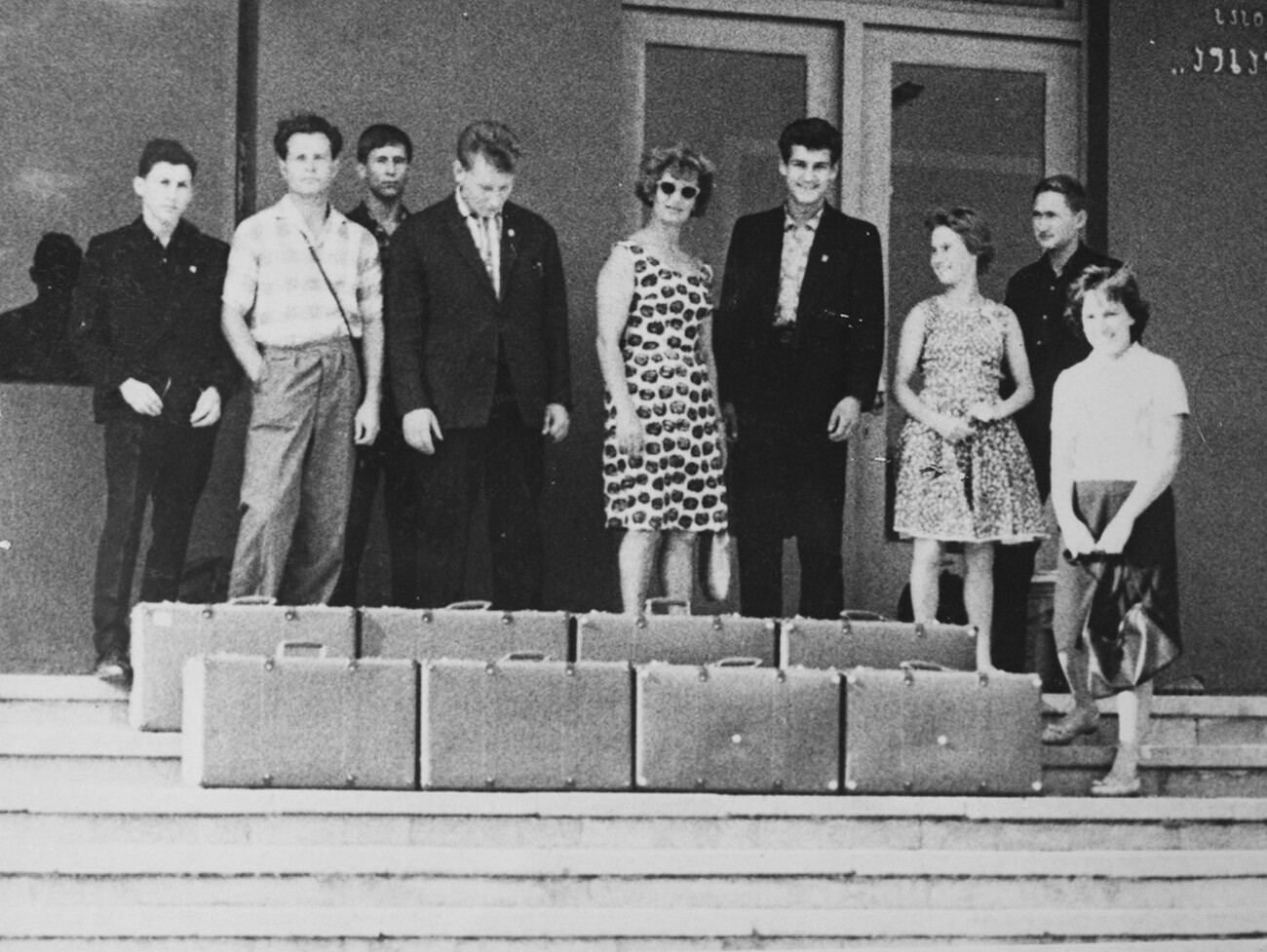
Passengers on the ill-fated flight
Legion MediaOn the morning of August 21, the Tu-124 took off from Tallinn to Moscow. There were 45 passengers and seven crew members on board. The captain was Viktor Mostovoy. Shortly after takeoff, it turned out that the nose landing gear strut was jammed: in flight, it could not be removed, even manually. According to the instructions, the plane needed an emergency landing at the airport of departure. But, Tallinn was covered with thick fog, so the dispatchers directed the aircraft to the Shosseinaya airfield near Leningrad — the future Pulkovo Airport. Fire engines and ambulances were summoned there, while all departures and landings were canceled.
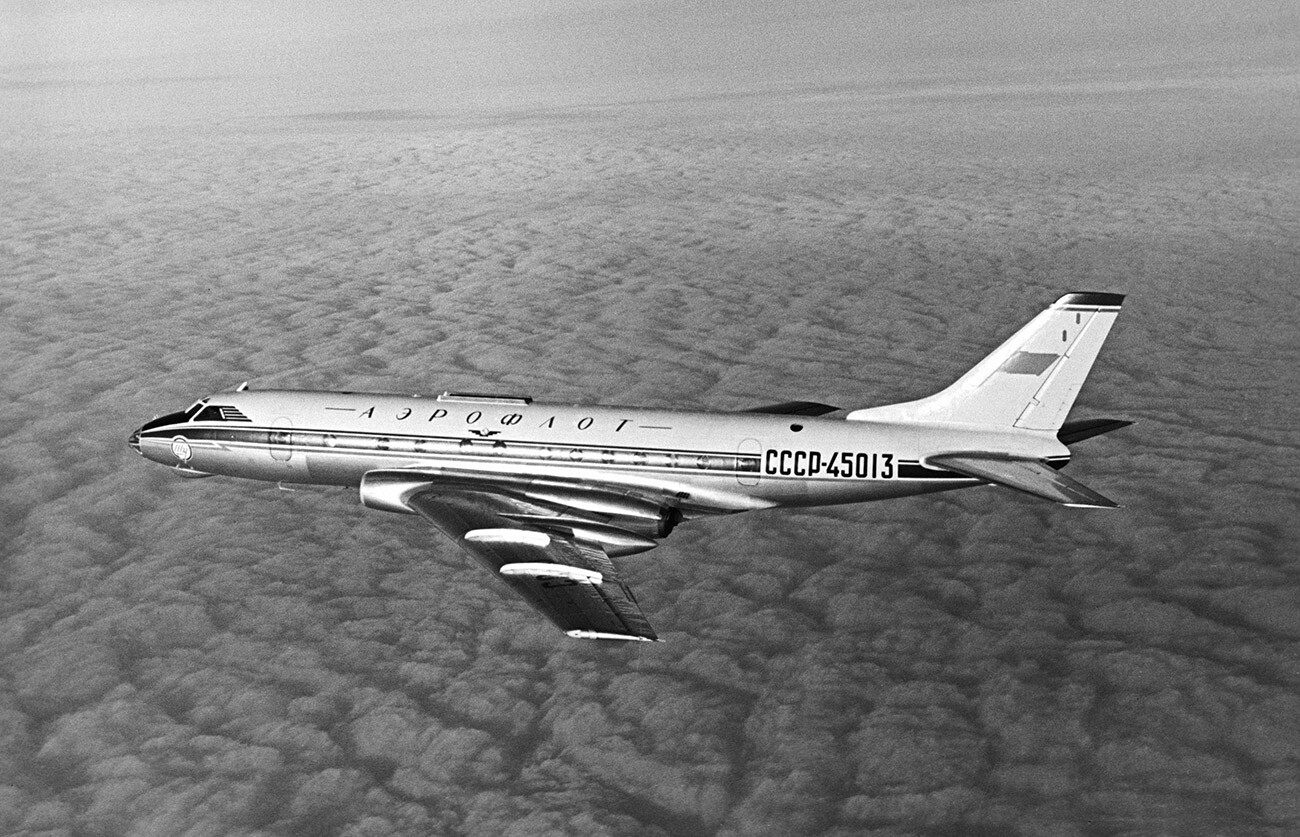
A Tu-124 passenger plane flies above the clouds (a picture of a similar airplane)
Boris Vdovenko/SputnikDuring an emergency landing, the broken front landing gear would have fallen off and the aircraft would have braked with its fuselage, which could have resulted in a fire. Therefore, the crew had to run out of fuel to reduce the risks of fire. The plane was lowered to a height of 500 meters above the ground and it began circling over Leningrad.
When the airplane went on its eighth lap, the left engine failed. The emergency runway was more than 20 km away. The dispatcher gave permission to fly over Leningrad. Then, the right engine also failed: it happened almost over St. Isaac's Cathedral.
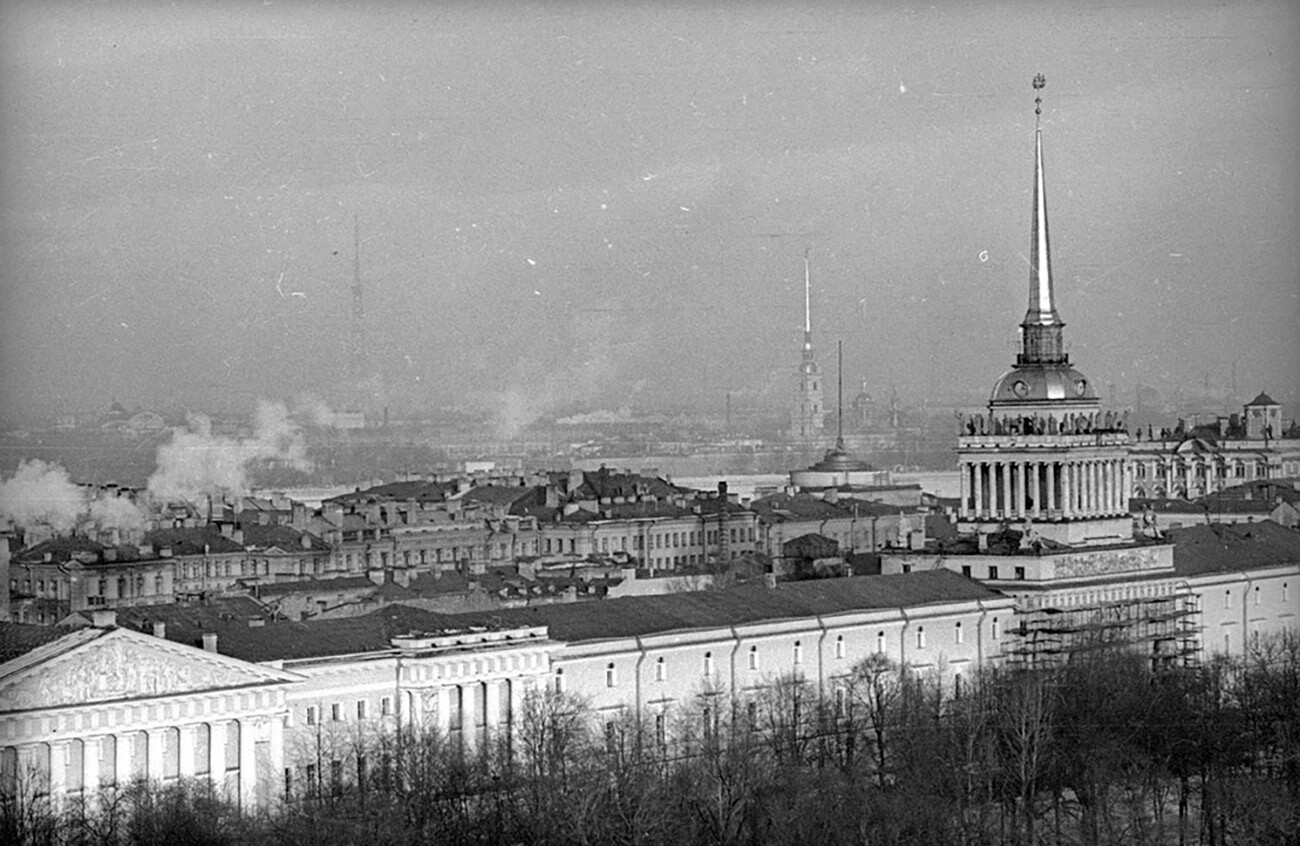
Leningrad from the height of St. Isaac's Cathedral
Evgeny Khaldey/ MAMM/ MDF/russiainphoto.ru/The engines stalled because the airplane had used up all the fuel. But, because of a probably broken fuel gauge, the captain could not know this and went for another lap.
In 1963, Leningrad had approximately three and a half million inhabitants. A crash into the city could have turned into a terrible tragedy. When the Neva River appeared ahead, Mostovoy ordered the crew to retreat to the tail section and put co-pilot Vasily Chechenev at the helm, who had previously served in naval aviation and flown seaplanes. Civilian pilots in the USSR were not trained to make an emergency landing on water.
Chechenev leveled the aircraft over the river, miraculously avoiding the Bolsheokhtinsky Bridge and a passing tugboat with a raft of logs and landed two hundred meters from the Finland Railway Bridge.
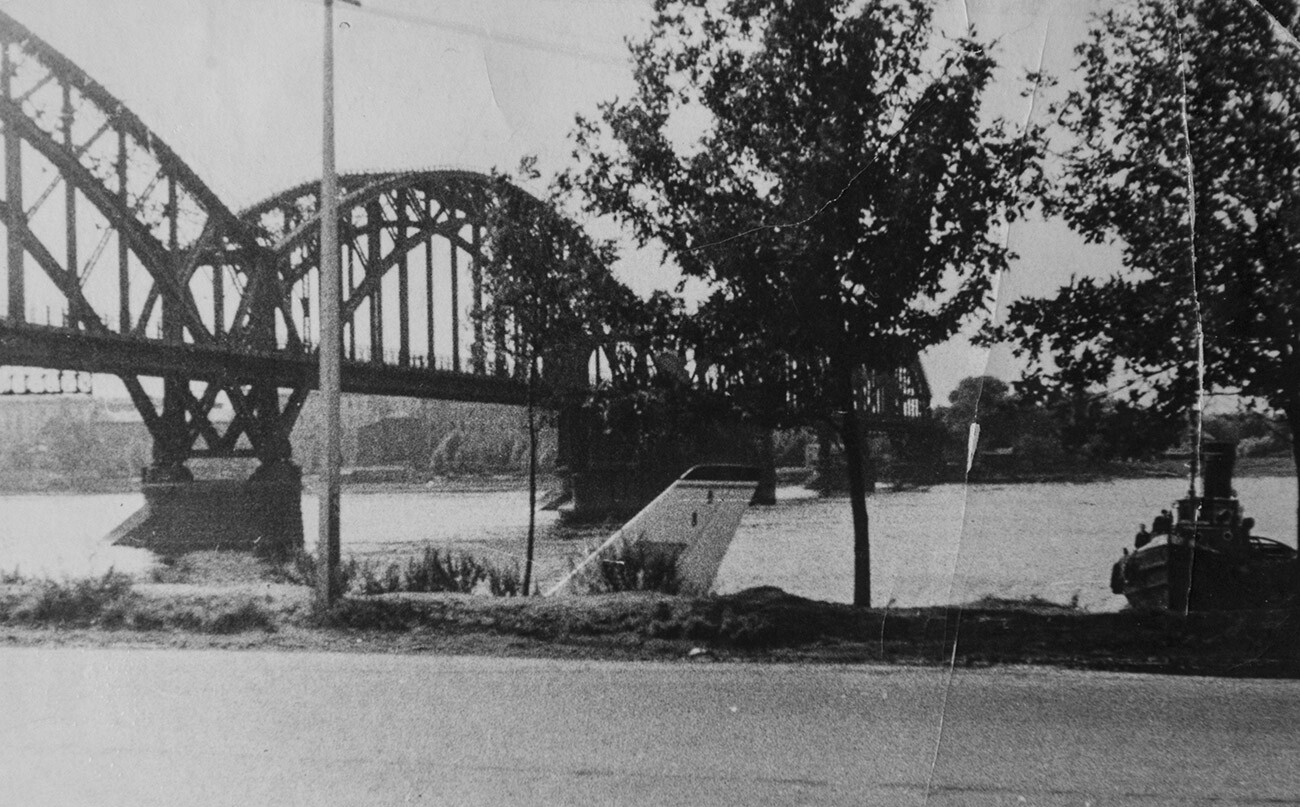
During the landing on the water, for unknown reasons, the crew did not remove the main landing gear struts, which was a violation of the instructions. However, it turned out that the airplane quickly slid along the water surface with its nose high up and then plunged into the water. During the landing, one of the struts punctured the fuselage and the airplane gradually began to fill with water.
The passengers were rescued by the very same tugboat. It dragged the ship on a cable by the nose to the shore, turned it around and brought the wing under the moored rafts. People were able to climb out on logs to the embankment.
"There were log rafts right by the shore: the Neva River was being rafted with timber. And an airplane was moored to these rafts! I saw a lady coming out of the fuselage, it was uncomfortable for her to walk on the logs and I rushed to help her. I asked: ‘How are you feeling?’ She was from Estonia and with an accent in Russian replied, "Alright... But, it's strange that we landed on the water!’" recalled Yuri Kolomiets, an eyewitness to the evacuation.
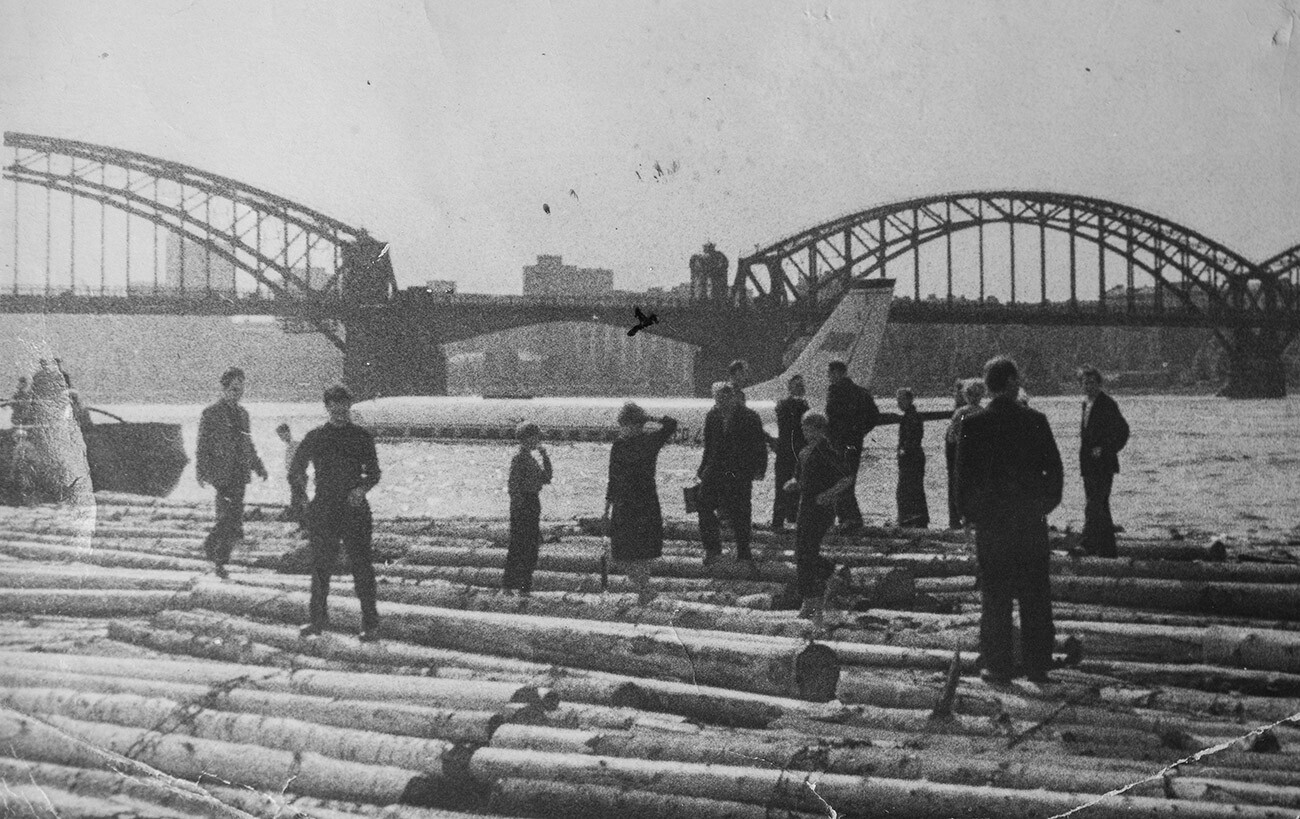
Soon, law enforcers arrived on the scene. They cordoned off the area and flagged down those who managed to catch the landing site on camera. Some photographers were lucky: they were not noticed.
In the fall, an aviation commission to investigate the incident found that the accident was "due to structural and production reasons". Other Tu-124 airliners were sent for inspection. Exactly the same defects with the bolts on which the front landing gear was attached were found in seven other planes. The model itself was in passenger operation until 1980.
After inspections, the crew of the ill-fated flight was allowed to return to the skies and was also presented an award. However, they never received it for unknown reasons.
Dear readers,
Our website and social media accounts are under threat of being restricted or banned, due to the current circumstances. So, to keep up with our latest content, simply do the following:
If using any of Russia Beyond's content, partly or in full, always provide an active hyperlink to the original material.
Subscribe
to our newsletter!
Get the week's best stories straight to your inbox